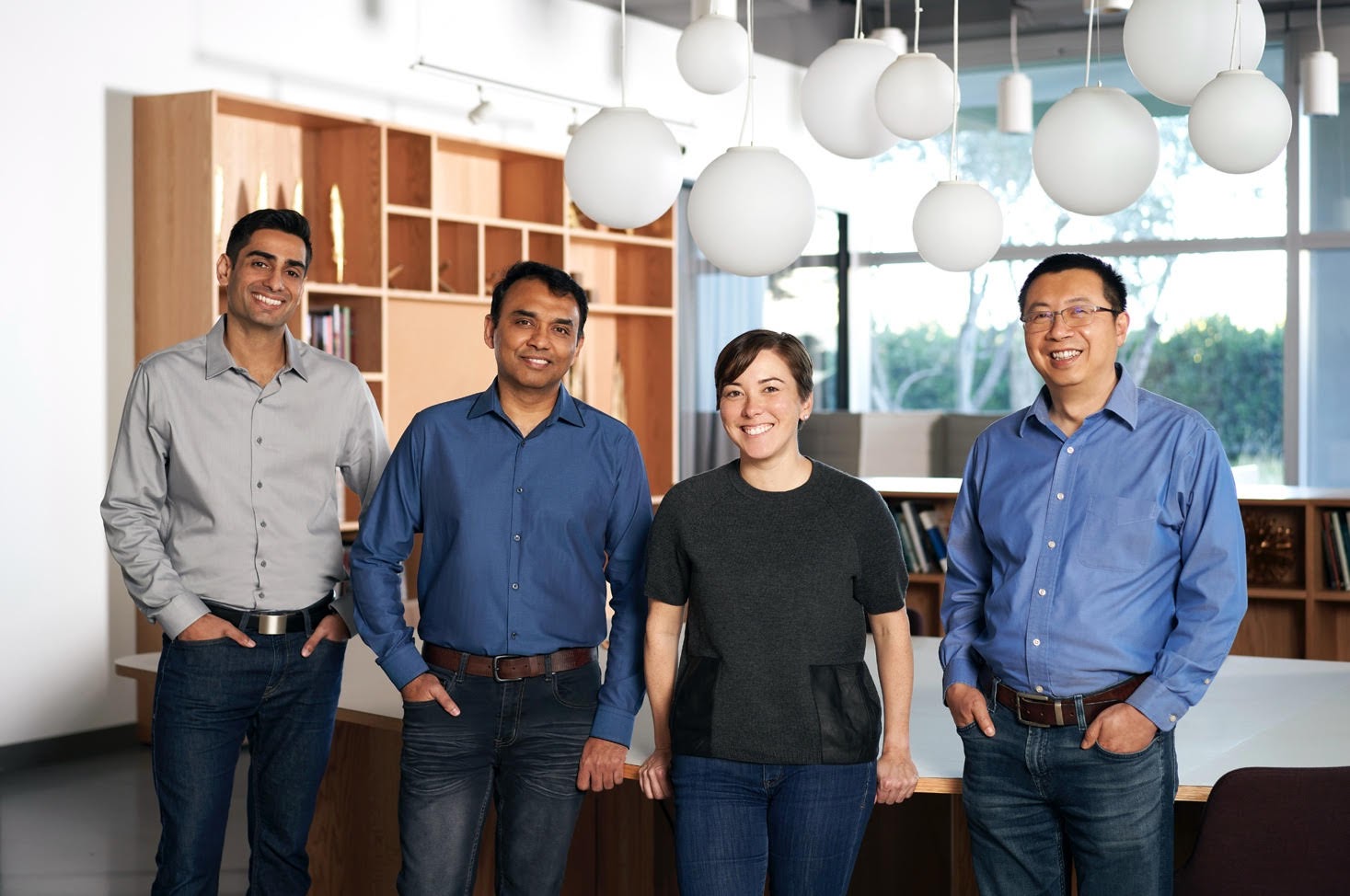Built With MongoDB: Spectro Cloud
Recently named one of the hottest Kubernetes startups, Spectro Cloud has been making waves across the tech ecosystem. An enterprise cloud-native infrastructure founded by three startup veterans, Spectro Cloud makes Kubernetes manageable at scale for enterprises that need manageability and flexibility.
Spectro Cloud’s cluster profiles automate cluster deployment and maintenance across the enterprise and help operations prioritize the needs of the applications teams and simplify infrastructure administration. The company has raised $7.5 million in seed funding and has 36 team members.
In this edition of #BuiltWithMongoDB, we talk to CTO/Co-founder Saad Malik and Vice President of Product Tina Nolte about Spectro Cloud’s deeply technical team and why they #BuiltWithMongoDB.

Siya Raj Purohit: What makes you want to work at Spectro Cloud?
Tina Nolte: Most of the team comes from Cisco, where the founders previously worked, so we already had good rapport and were truly friends. We believe that culture is something you build from Day 1, and once it exists, it’s hard to change. For that reason, we have a strict no-jerks policy.
How that plays out is that we provide a lot of autonomy to the team and help support goals that individuals have. For example, we encourage everyone on the team to write blog content about things they are interested in to share their knowledge and build their personal brands. It’s something that our engineering managers even nudge junior engineers about: “So you haven’t shared any wisdom with the world recently — why don’t you write a post?”
If you—as a developer—experience some kind of issue, or it took you time to understand something, it’s likely that someone else on the planet has experienced that issue too. So we encourage our engineers to help them out, and it’s good for our engineers to have an external presence, too.
See Spectro Cloud’s post: Kustomize your way to MongoDB ReplicaSet
Finally, we talk about Spectro Cloud as a family. We’re pretty confident that other people have our backs whether it’s personally or professionally, and that kind of connectivity is pretty special.
SRP: How did you decide to start using MongoDB?
Saad Malik: Our application is not very data heavy in terms of transactions or relations; it’s very document based. Although we are running a SaaS platform, we didn’t want to be in the business of doing backups, managing policy, and storing configurations. We wanted to use a platform that managed these things for us.
So we were looking at Amazon’s DocumentDB or MongoDB Atlas. We realized we would have to use an on-premises version of our platform, so obviously if we were to be running an on-premises version of MongoDB, it would make sense to use Atlas. Our team also had experience with MongoDB so it was a clear choice. And it’s been fantastic — we have been very happy with the performance, and so far, it’s been scaling very well for us.
SRP: What has it been like to scale with MongoDB?
SM: It’s been fantastic — we haven’t had any outages with Atlas. We obviously have our notifications configured so if there are any outages or things going wrong with the MongoDB clusters, we can catch when one of our clusters is misbehaving. That visibility and getting the monitoring upfront is very helpful to us, because we’re able to figure out which of our application issues is causing the problem.
When we were getting started, we had a technical advisor from MongoDB provide us with a one-day seminar on best practices for utilizing the platform and how to optimize queries. From then on, the online documentation has been sufficient for us to problem solve and scale.
SRP: What does the database infrastructure look like today?
SM: On the database side, we have three different environments: dev integration, stage, and production. All three of them run an Atlas version from a database that is completely separate. The stack that sits on top of it is Kubernetes application, all using Golang, DB drivers for MongoDB, and accessing the application on there.
SRP: What advice do you have for developers who aspire to someday become CTO?
SM: The number one thing I look for is someone who is very curious. When I was an early-career engineer, my mentors would tell me to always be very curious and focused in terms of what you’re doing. Understand how things are working, not just at the library level, but keep on digging down until you understand not just how, but why something works a certain way. If you understand the nuances, you’ll be able to identify true game-changing opportunities.
Looking to build something cool? Get started with the MongoDB for Startups program.